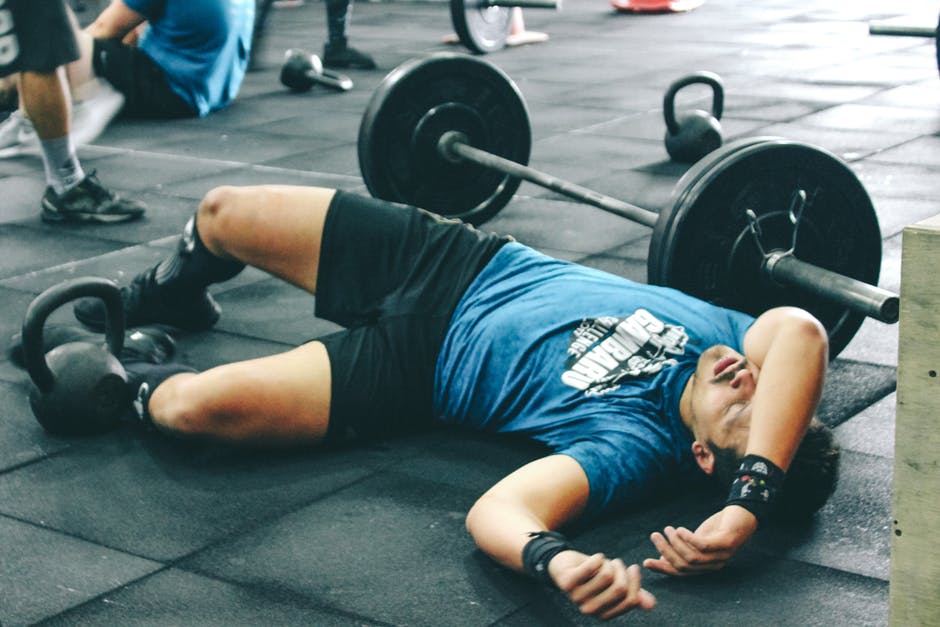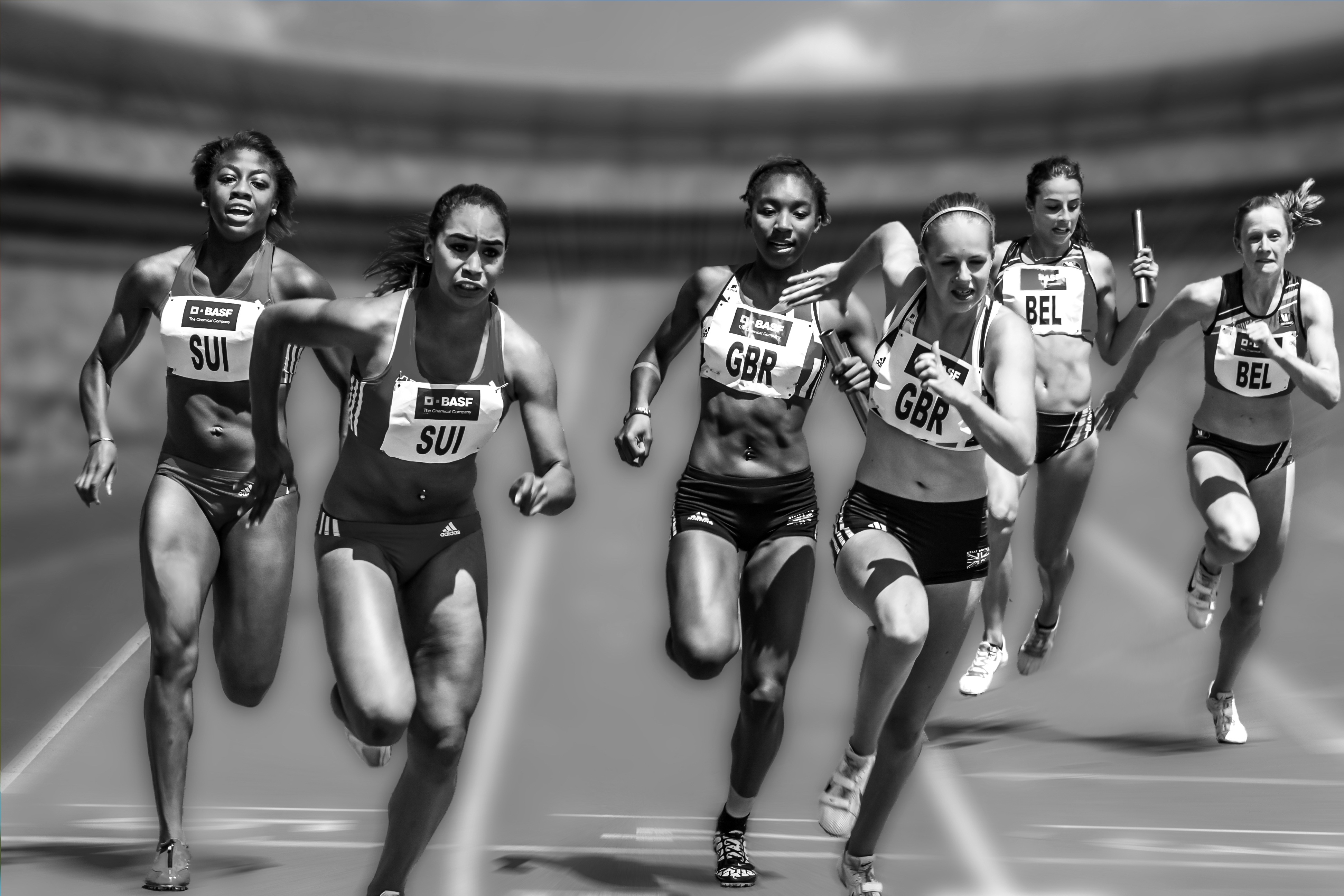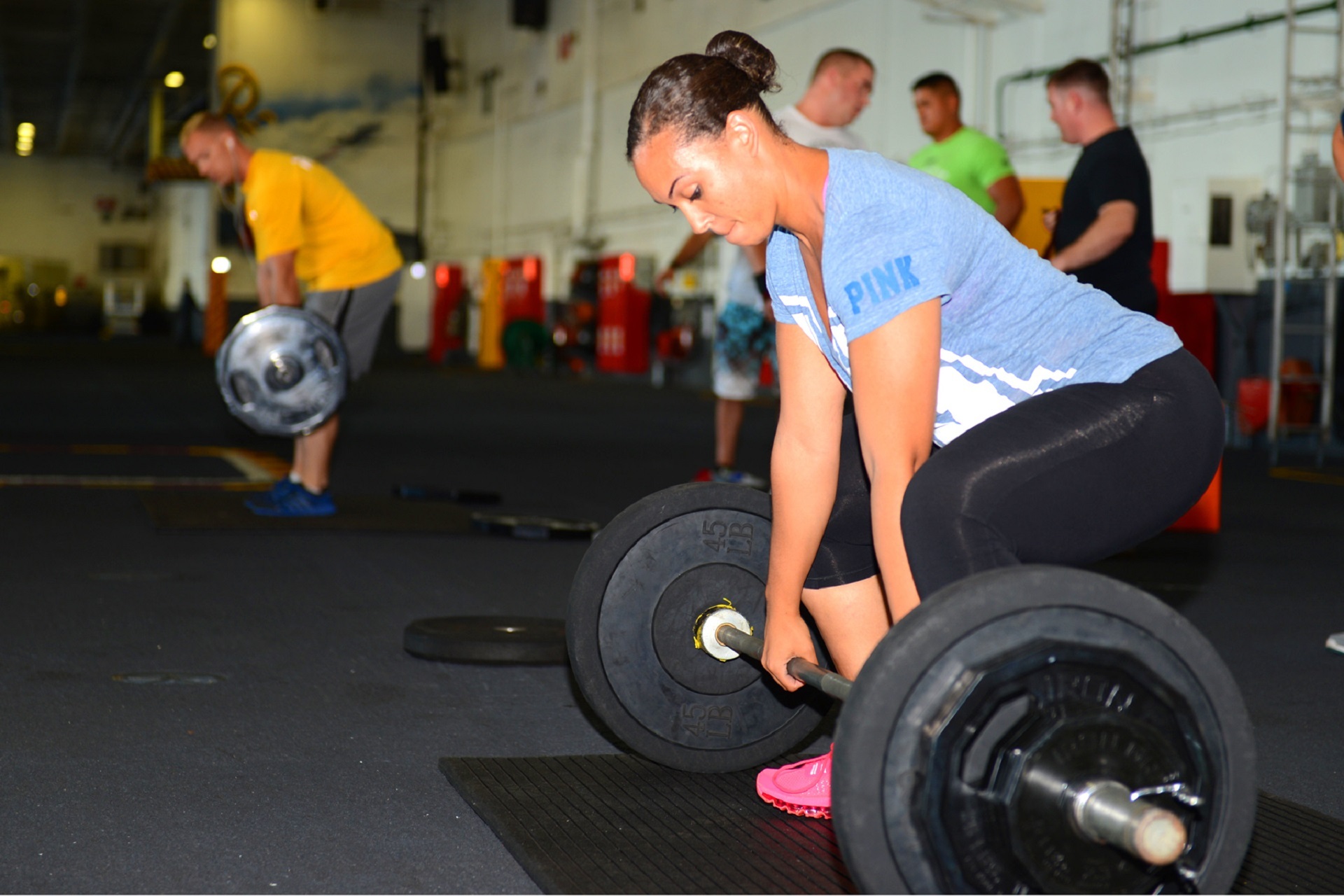Strength and conditioning coaches come from a variety of athletic background and all have unique histories with training. Just like with everyone else, it’s not unusual for a strength and conditioning coach to become myopic when it comes to how they train athletes, particularly when they have a background in a strength sport like weightlifting or powerlifting.
The Olympic lifts (the snatch, clean, and jerk) and their variations is an area where strength and conditioning coaches can be inflexible on. Competitive Olympic lifters train to be strong and efficient on very specific movement patterns. The majority of their training, which can be 5-6 hours a day, is focused around developing that strength and efficiency. This sometimes creates the attitude on the part of some coaches that all athletes need to train like this as well.
These lifts have an important role in the training of most athletes. They are performed standing up. They use most of the muscles of the body. They must be performed quickly. These lifts have the highest power output of weight training exercises. The snatch, clean, and jerk all require the athlete to achieve “triple extension” (i.e. extend the ankles, knees, and hips). All of these things are thought to make these lifts extremely transferable to athletics.
The challenge with the Olympic lifts (especially the “full” or “squat” version of the lifts) is that they require a great deal of technical mastery to be performed effectively. This means a learning curve that may take weeks to months. In addition, research performed using world-class Olympic lifters may or may not be applicable to university or high school athletes, who will never be world-class Olympic lifters.
Athletes, regardless of the level that they compete at, only have a finite amount of time for strength and conditioning. They also have a finite ability to recover from training. All strength training has to be factored in along with the other things that the athlete does (i.e. their sports training). Combined, this means that a coach must carefully determine if the return of a given exercise is worth the amount of time and energy that must be invest in it.
Taking all this into account, it’s important to realize that a coach has an enormous amount of flexibility when it comes to these lifts that is absent for the competitive weightlifter. Because most athletes are not competitive weightlifters, they can perform variations and use techniques that are not ideal for competition but that are useful for various sporting situations.
For example, these lifts can be performed with barbells (which is how they are contested). Chains or bands can be added to the end of the barbell to change the training stimulus. For a competitive lifter this is a terrible idea as it alters their technique, but a general athlete doesn’t have this problem. The lifts can also be performed with dumbbells and kettlebells which require each side of the body to move independently of the other. They can be performed with sandbags or kegs which results in the weight (water or sand) shifting around as the lift is performed, adding further stress and stimulus to the athlete. Now, using implements other than barbells means that not as much weight can be lifted – this would be a problem for someone competing to lift as much weight as possible but is not an issue for an athlete just using these lifts as a training tool.
In competition, the snatch and the clean are done using a full squat (i.e. the bar is received in a full squat position). This is done because the barbell does not have to be pulled to as great a height, which means that more weight can be lifted. There are other variations of the lifts. They can be performed to a quarter squat (called a power snatch or a power clean). They can be performed by receiving the bar with one foot forward and one foot back (called a split clean or a split snatch), this has the benefit of putting more stress on the front leg which could be important for sprinting, jumping, or throwing. They can also be performed off one leg (for this, you usually explode using one leg then receive the barbell on two legs).
If an athlete is not a competitive Olympic lifter, they have a wealth of choices for using the Olympic lifts and their variations as part of their strength and conditioning. This can keep training interesting, make it more sport-specific, and can reduce the amount of time that it takes to learn the lifts.



